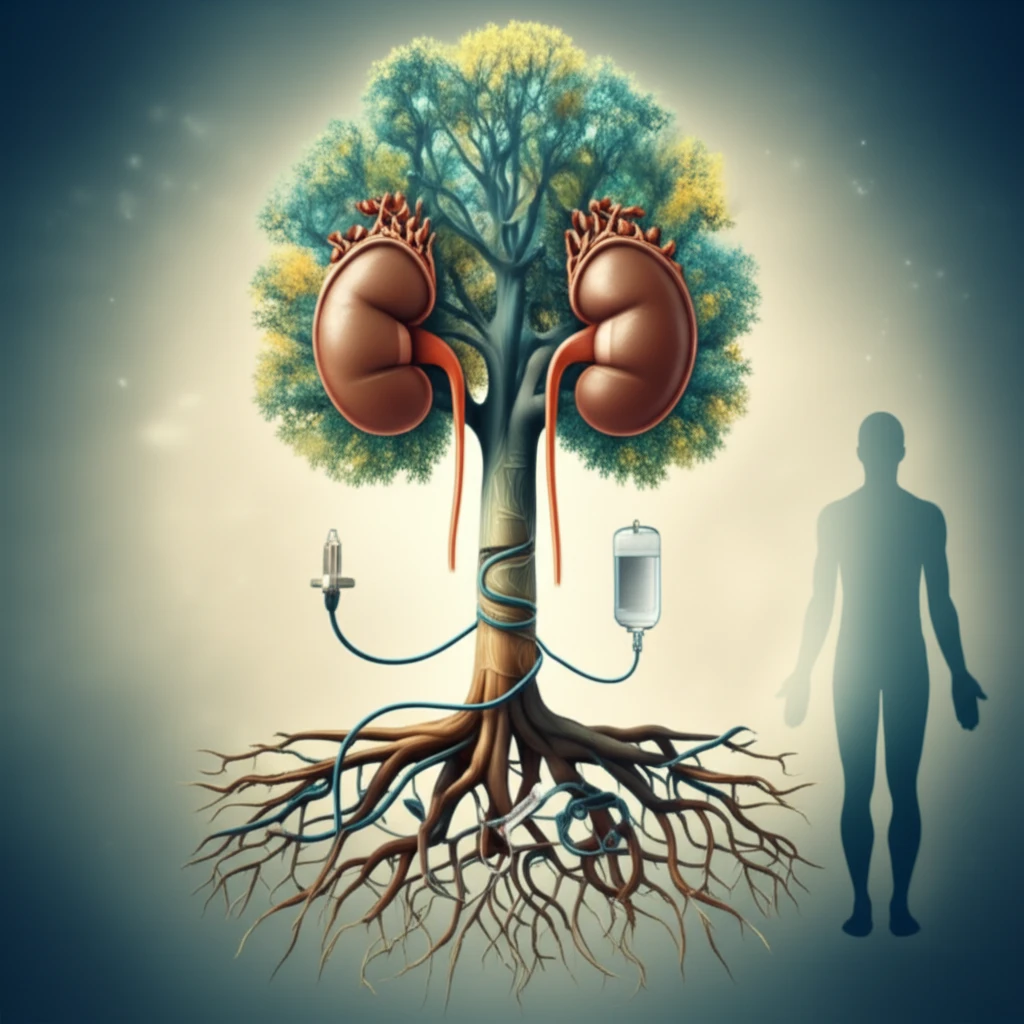
Urosepsis Unveiled: Decoding the Risks and Finding Pathways to Improved Care
"New Research Identifies Critical Factors in Pseudomonas aeruginosa-Related Urosepsis and How Timely Urological Intervention Can Save Lives"
Urosepsis, a severe complication arising from urinary tract infections (UTIs), poses a significant threat to public health. While many associate urosepsis with common bacteria like E. coli, a lesser-known but equally dangerous culprit is Pseudomonas aeruginosa. This bacterium can lead to particularly aggressive infections, and recent research sheds light on the critical factors that determine patient survival.
A study published in the International Journal of Urology has identified specific risk factors associated with mortality in patients with Pseudomonas aeruginosa-related urosepsis. This research underscores the importance of early detection, targeted intervention, and a multidisciplinary approach to managing this complex condition. For patients and their families, understanding these risks is the first step toward advocating for the best possible care.
This article breaks down the key findings of the study, translating complex medical terminology into clear, actionable information. We will explore the identified risk factors, the significance of timely urological intervention, and practical steps individuals can take to promote better health outcomes.
Decoding the Risks: What Factors Increase Mortality in Pseudomonas aeruginosa Urosepsis?

The study, conducted by Kitagawa et al., retrospectively analyzed data from 62 patients with Pseudomonas aeruginosa isolated from both urine and blood samples. The goal was to identify clinical factors that predicted death within 30 days of diagnosis. The researchers examined a comprehensive range of variables, including age, lab results, underlying diseases, clinical history, and treatment approaches.
- Low Albumin Levels: Albumin is a protein in the blood, and low levels often indicate malnutrition, inflammation, or liver disease. The study found that non-survivors had significantly lower albumin levels than survivors.
- Ventilator Use: Patients requiring mechanical ventilation to support their breathing had a significantly higher mortality rate. This suggests a greater severity of illness and compromised respiratory function.
- History of Heart Disease: Pre-existing cardiovascular conditions increased the risk of death in patients with Pseudomonas aeruginosa urosepsis. This highlights the vulnerability of individuals with weakened physiological reserves.
- Septic Shock: Septic shock, a life-threatening condition caused by a widespread infection leading to organ dysfunction, was strongly associated with increased mortality. This emphasizes the importance of preventing urosepsis from escalating to septic shock.
- Lack of Timely Urological Consultation: This was a surprising but crucial finding. Patients who did not receive prompt consultation from a urologist after diagnosis had a significantly higher mortality rate.
The Urological Intervention Advantage: Why Timely Consultation Can Be Life-Saving
The study's most striking finding was the significant impact of urological consultation on patient survival. Why is this intervention so critical? Urologists are specialists in the urinary tract and possess the expertise to diagnose and manage complex infections and obstructions. Prompt intervention can involve drainage of abscesses, removal of obstructions, and targeted antibiotic therapy—all crucial steps in controlling the infection and preventing further complications. The study underscores that urological assessment isn't just an option, it’s an essential step in improving survival rates for P. aeruginosa urosepsis.
